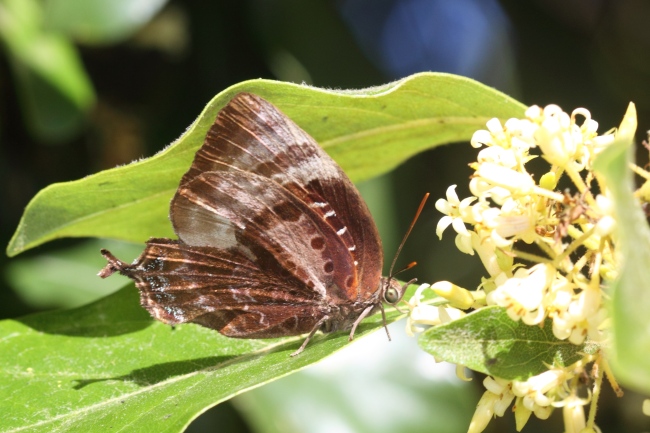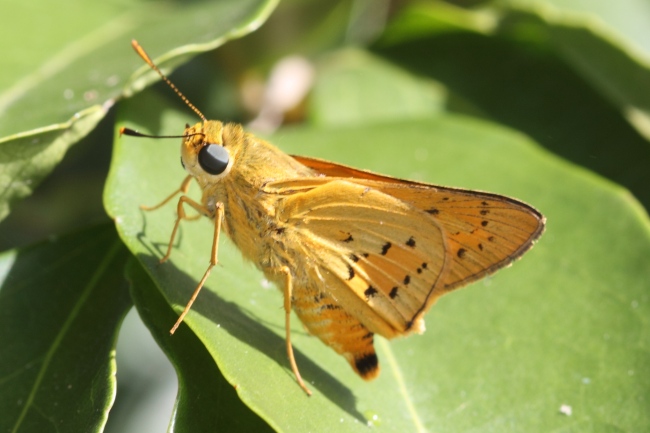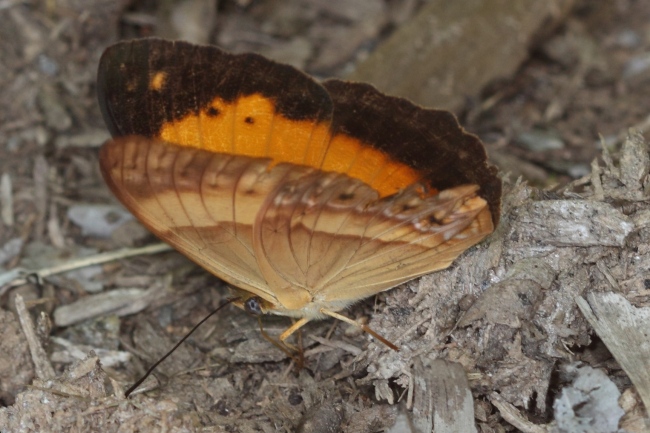Araminta and I made a trip to Varirata NP in May 2015. We saw some great birds – including another sighting of the Forest Bittern.

Black-capped Lory Lorius lory erythrothorax
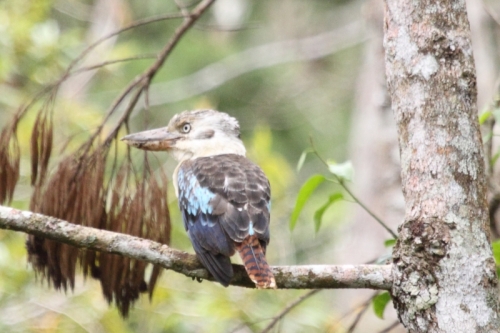
Blue-winged Kookaburra Dacelo leachii
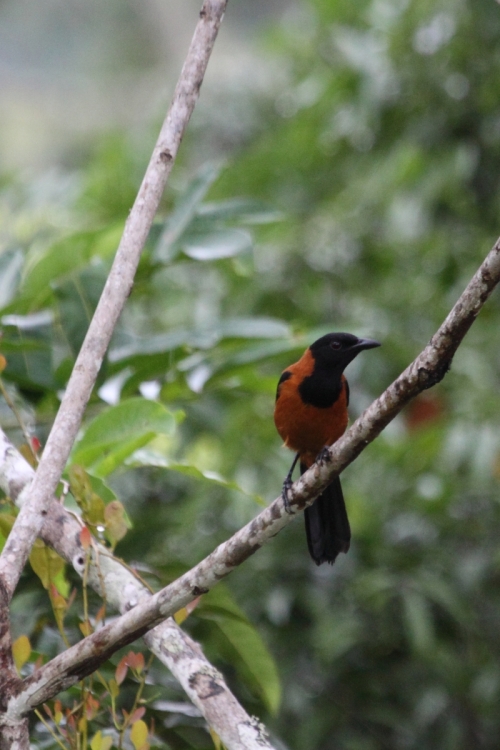
Hooded Pitohui Pitohui dichrous
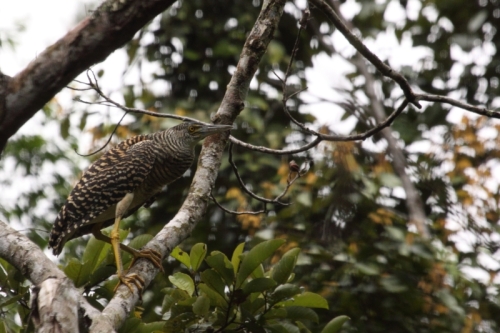
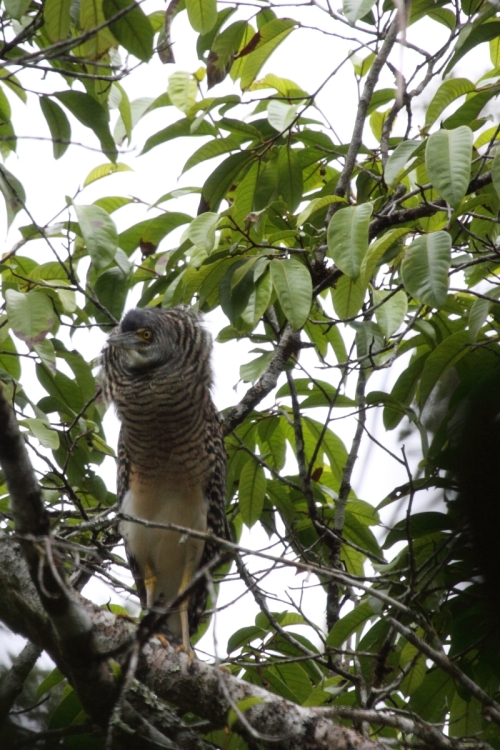
Forest Bittern Zonerodius heliosylus
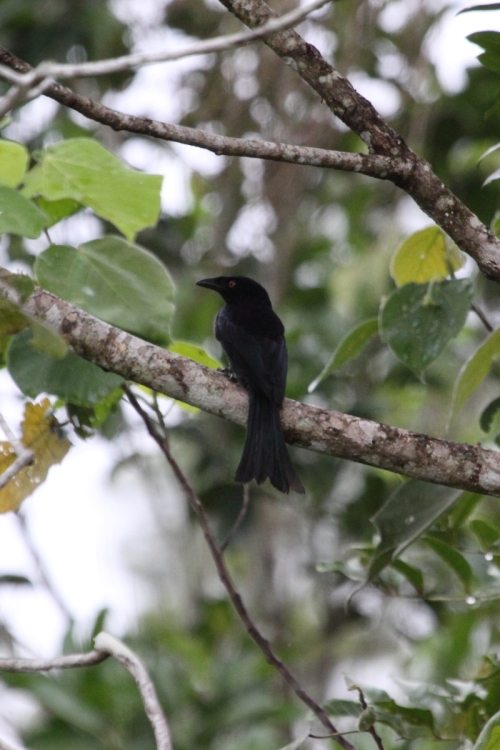
Spangled Drongo Dicrurus bracteatus carbonarius
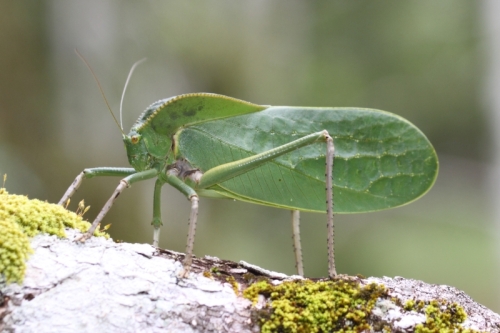 An unidentified Katydid. It was huge – 15+cm in length.
An unidentified Katydid. It was huge – 15+cm in length.
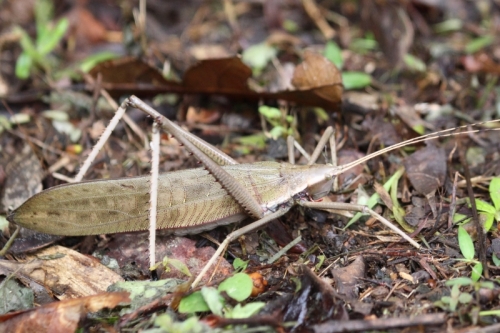
A large unidentified grasshopper.
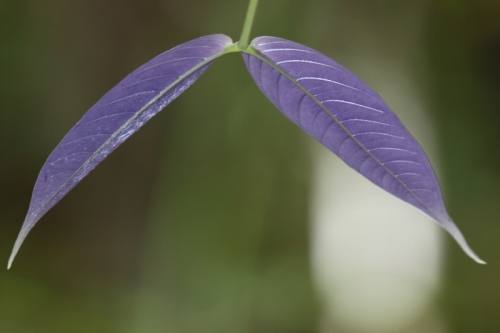
An unidentified tree with the most amazing purple colouration to its new growth.


